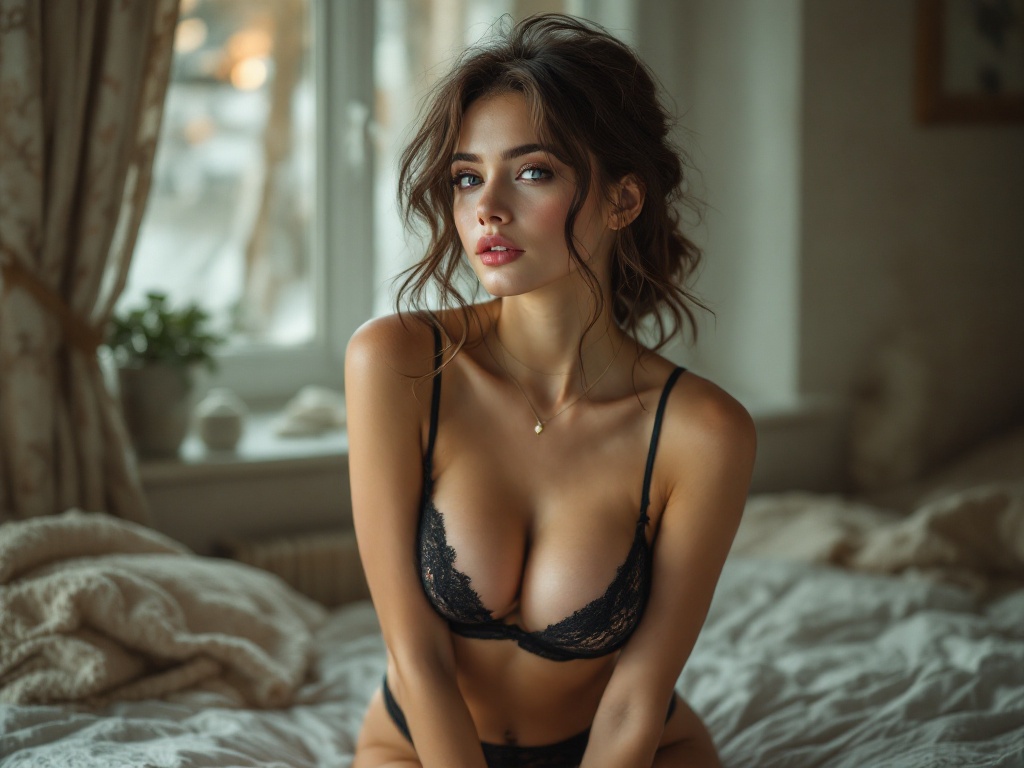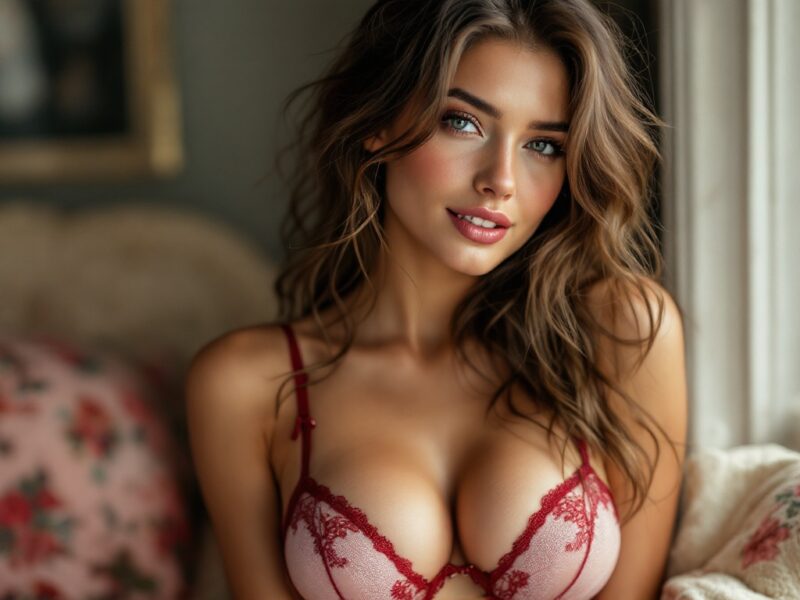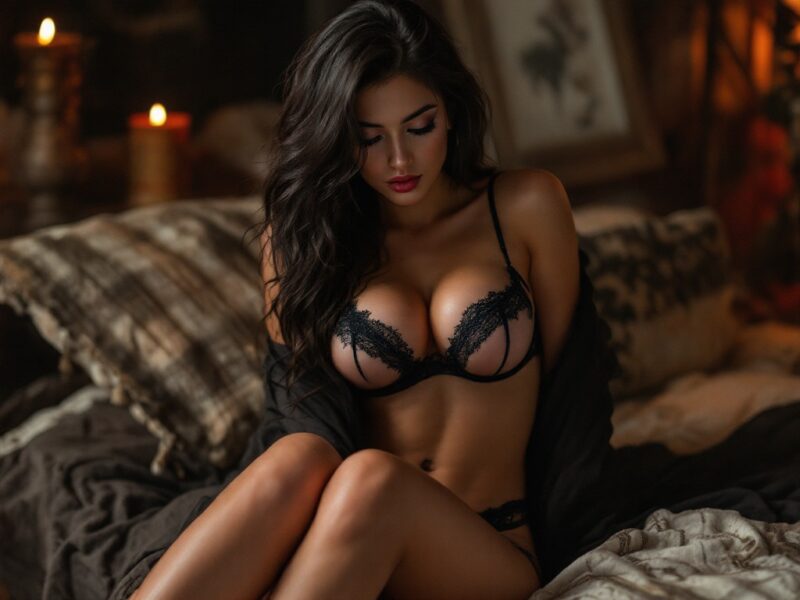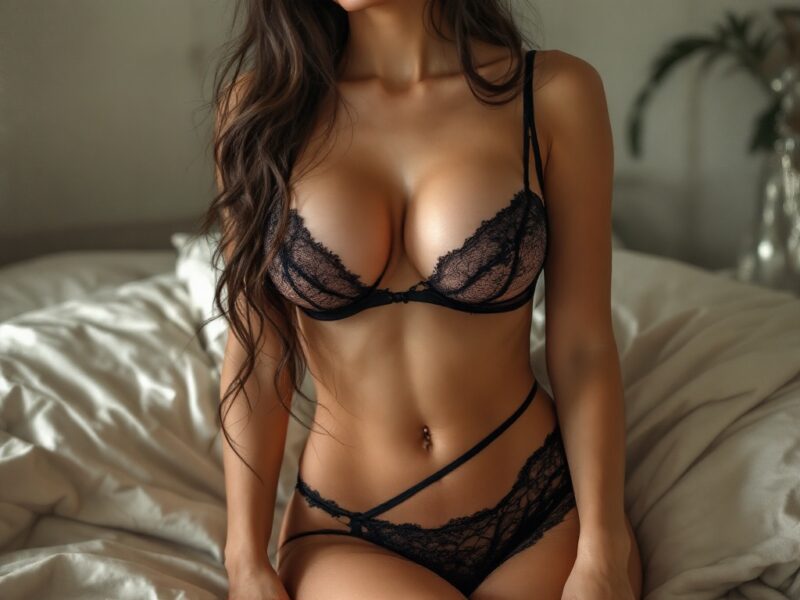In an age where technology continues to revolutionize various sectors, the art of erotic photography is no exception. Artists increasingly find themselves at the crossroads of traditional methods and cutting-edge technology, specifically with the advent of artificial intelligence (AI). This transformative tool not only offers innovative techniques but also poses challenges that can redefine the very essence of erotic imagery. Rather than simply replacing human artists, AI can augment their creative processes, creating a discussion about what constitutes true artistry. This article explores how AI’s role in photography contrasts with conventional methods, as well as what the future might hold for this provocative and complex genre of photography.
The world of erotic photography has been evolving for decades, grounded in artistic expression and intimate storytelling. Traditional methods rely heavily on human intuition and a profound understanding of emotions and aesthetics. However, with AI’s increasing presence, there’s a compelling conversation about whether these methods can stand the test of time. Can a machine truly capture the subtleties and nuances that human photographers so expertly convey? Or will AI merely become a tool that enhances traditional techniques without overshadowing them?
The Rise of AI in Photography
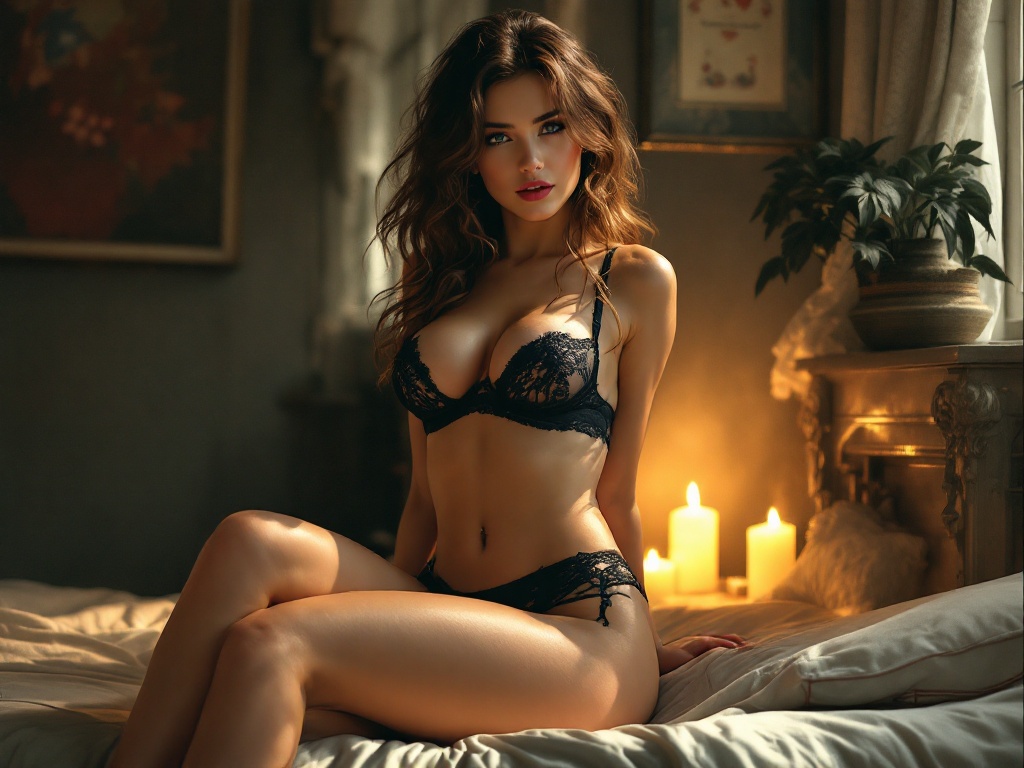
AI technology has infiltrated various aspects of photography, offering tools that enhance images, automate processes, and even create entirely new visuals. To understand the impact of AI, it’s essential to explore how these tools function. Various applications utilize machine learning algorithms to analyze images, identify patterns, and generate new content based on previously gathered data. For erotic photography, this technological shift has the potential to revolutionize how artists conceptualize and produce their work.
| AI Tools | Description | Application in Photography |
|---|---|---|
| Deep Learning Algorithms | An advanced form of machine learning focusing on mimicking human neural networks. | Creating lifelike images and editing existing photos. |
| Image Recognition Software | Technology that identifies objects, people, and actions in a photograph. | Enhancing the organization of large photo collections. |
| Style Transfer Techniques | Methods that apply the aesthetic of one image to another. | Transforming standard photos into stylized artwork. |
AI’s capability to generate highly realistic erotic images has created a paradigm shift in how photographers and audiences engage with this genre. Algorithms are already capable of producing visuals that can be indistinguishable from those taken by human beings. This technological prowess generates excitement and apprehension alike. On one hand, artists embracing AI can explore new creative frontiers. On the other, there are concerns about authenticity and what it means for a work to be genuinely ‘artistic.’ In a fast-evolving creative space, artists must navigate these waters carefully, weighing the advantages and drawbacks of AI technology.
Traditional Methods of Erotic Photography
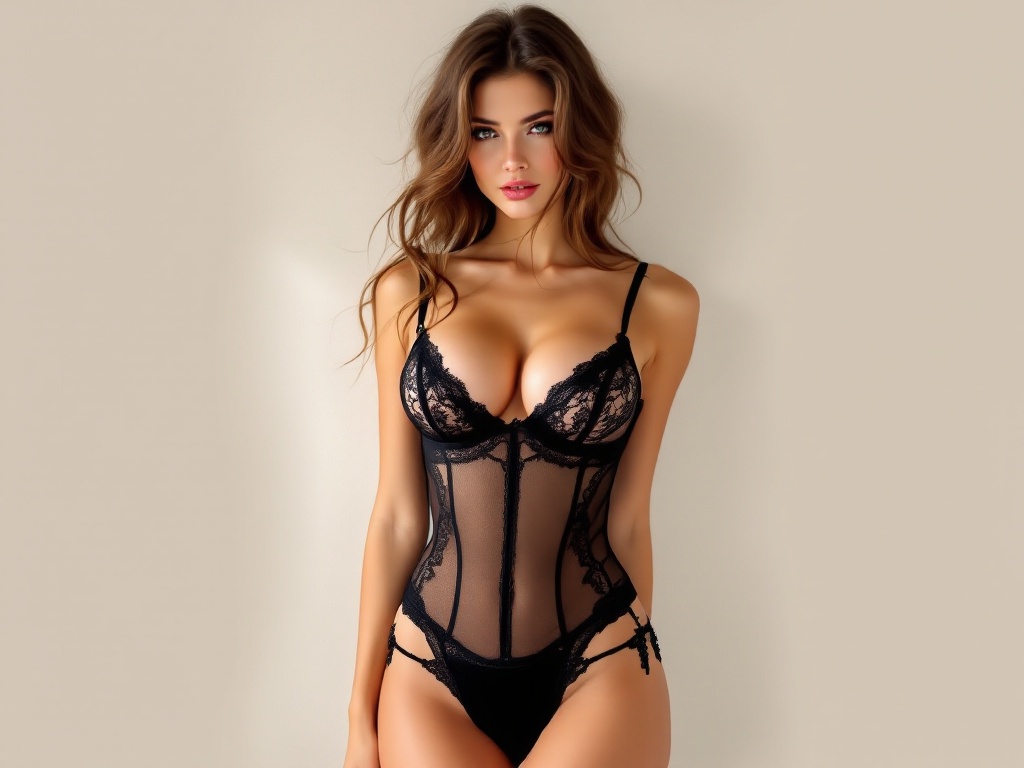
For many, traditional erotic photography embodies a unique form of artistry that emphasizes human engagement, emotion, and spontaneity. Photographers often work intimately with their subjects, capturing the moments that reflect raw human experiences and vulnerabilities. This organic approach brings a depth that is challenging to replicate artificially. Moreover, traditional methods can foster a powerful bond between photographer and model, allowing for genuine expression that is often absent in machine-generated work.
Human photographers possess an invaluable sensitivity that can elevate their work to something truly captivating. The ability to read emotions, create a comfortable space, and encourage authentic expression is a skill acquired over years of practice. Many argue that this artistic intuition cannot simply be replaced by technology. Thus, while AI can offer tools for enhancement, it lacks the depth of understanding intrinsic to human artistry.
The Advantages of AI in Erotic Photography
While traditional methods have their merits, there are undeniable advantages to integrating AI into the realm of erotic photography. One such benefit is the potential for increased efficiency, allowing photographers to focus more on their artistic vision rather than the technicalities involved in the production process. Here are some specific advantages of using AI:
- Increased speed in editing and retouching processes.
- Improved image quality through advanced enhancement algorithms.
- Access to cost-effective solutions for content generation.
- Ability to experiment with styles and aesthetics without substantial time investment.
The efficiency introduced by AI not only saves time but also reduces production costs, allowing artists to allocate resources toward more creative endeavors. Additionally, AI can assist photographers with idea generation, providing them with fresh solutions and perspectives they may not have considered before.
The Limitations of AI in Erotic Photography
Despite the remarkable advancements in AI technology, several limitations exist that may inhibit its role in erotic photography. One significant drawback is the difficulty AI faces in replicating the emotional and psychological nuances that typically define human-created art. Furthermore, ethical concerns arise, especially regarding issues of consent and representation. Many individuals question whether AI-generated images can authentically capture the eroticism that is often derived from human experience, creating an area ripe for analysis and discussion.
- The authenticity of AI-generated images.
- The issue of consent from subjects depicted in AI creations.
- The potential misuse of AI technologies to create non-consensual content.
- Concerns surrounding the sexualization of AI-generated entities.
These concerns are vital in ongoing conversations about the future of erotic photography and its ethical responsibilities. As artists and technologists continue to explore these themes, it becomes increasingly important to create guidelines that govern the use of both human creativity and AI technology.
Future Trends in Erotic Photography
The future of erotic photography is undeniably intertwined with technological advancements, particularly with AI. Instead of viewing AI as a rival to traditional photographers, many are recognizing its potential as a collaborative partner that can enhance artistic expression. Photographers can utilize AI tools to brainstorm concepts and streamline workflow while retaining their unique artistic vision. This synergy between AI and human creativity allows for the emergence of new styles and approaches, ultimately enriching the field.
As we move forward, it will be fascinating to observe how artists and AI continue to interact. The evolving relationship may lead to hybrid methodologies that blend traditional techniques with innovative, technology-driven approaches. Photographers might find themselves using AI to push boundaries while still capturing the raw emotions and intimate expressions unique to human subjects. Such a hybrid model could redefine what we know about erotic photography, fostering a new era of artistic exploration.
Conclusion
In conclusion, the dialogue between AI and traditional methods of erotic photography underscores the complexities of creativity in the 21st century. While AI offers unprecedented opportunities for enhancement and efficiency, traditional methods anchored in human sensitivity continue to hold invaluable significance. As artists navigate the evolving landscape, they must critically assess the role of AI, balancing innovation with ethical considerations. This ongoing dance between human artistry and technical efficiency could yield works that challenge our understanding of intimacy, beauty, and erotic expression.
Frequently Asked Questions
- Will AI completely replace traditional photographers? AI is unlikely to completely replace traditional photographers, as human creativity and emotional depth remain essential in artistic expression.
- Can AI-generated erotic images be considered art? Yes, many argue that AI-generated images can be classified as art, but opinions differ on the definition of artistic merit.
- What are the ethical concerns surrounding AI in erotic photography? Ethical concerns include authenticity, consent from models (both real and AI-generated), and the potential for misuse of AI technology.
- How can traditional photographers integrate AI into their work? Traditional photographers can use AI tools for editing, enhancing images, or even brainstorming creative ideas, while maintaining their artistic vision.
- Is AI in photography a threat to creative jobs? While AI may change the landscape of certain creative jobs, it can also open new opportunities for collaboration and innovation in artistic fields.
